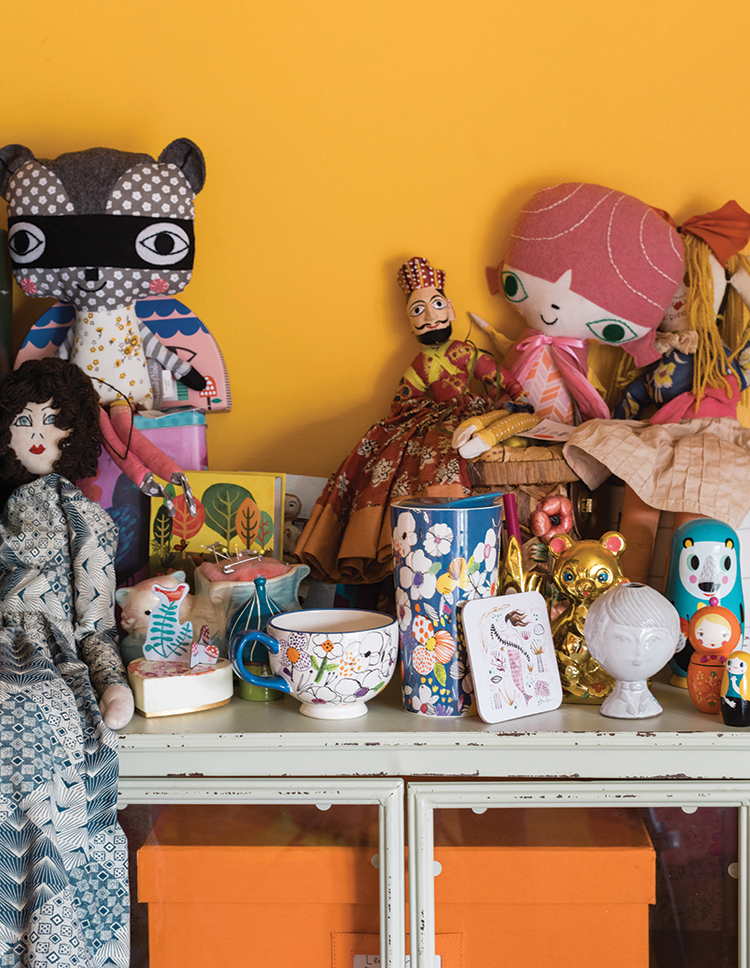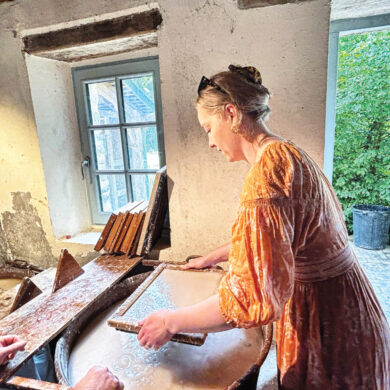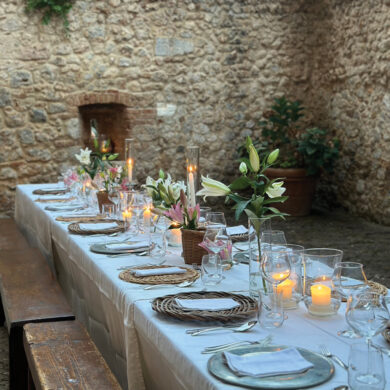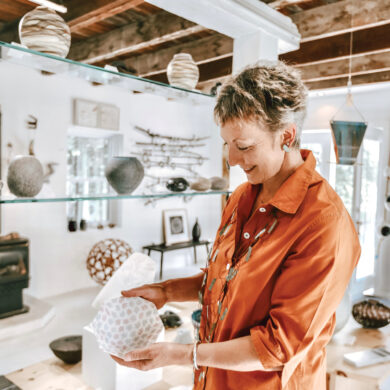A sit-down session with uber-successful agent-to-the-arts Lilla Rogers.
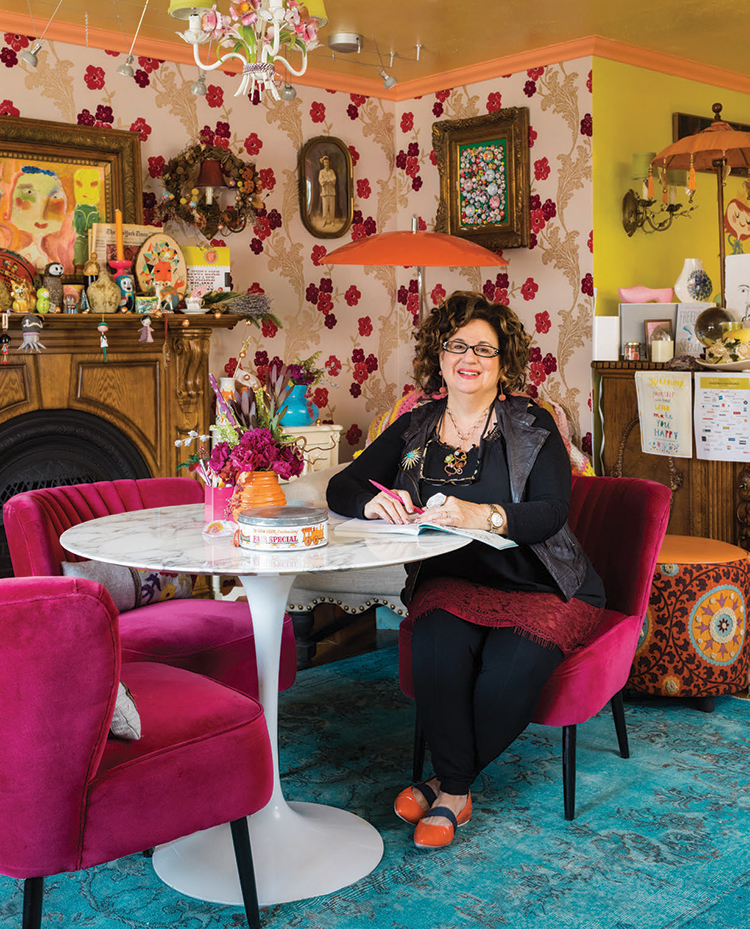
What do you like best about your job?
I love the creative challenges that come with the MATS’ business: developing course ideas with Beth, writing assignments, taking photographs, creating marketing campaigns and hosting “Facebook Lives” with our followers. It’s so thrilling to watch our artists grow. I feel like the proverbial momma sometimes, thriving on their successes.
How do you choose who you’re going to represent?
It happens over several months during GTS, and we obsess over it thoroughly. When we get down to six finalists, we begin asking ourselves, “Are we madly in love with the art? Can we get them lots of work? Which clients might want to collaborate with them? Can we envision their work on book covers, home décor products or magazine covers?” It can be very difficult. There are so many talented artists who enter, and it’s crushing to pass on some of them. But we are grateful to be able to select top talent and help them thrive. It’s a consolation to know that many of the artists who aren’t selected still go on to greatness.
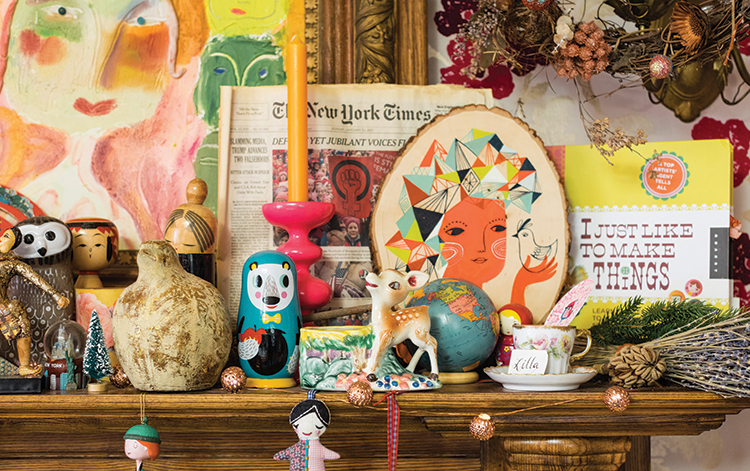
How do you keep your artists inspired?
We try to be as proactive as possible. At our three-day annual retreat, we invite VIP clients from around the world and hold a “speed-art dating” event. Art directors meet with individual artists to review their work and chat. For our last retreat, I brought in a children’s book author to lead a workshop. We also try to spend one day relaxing by the lake with our craft, whether it’s painting or ceramics or embroidery. Before our online events like The Menagerie (a reveal of new work) and Surtex (a trade show), I try to give my artists lots of inspiration via trend boards and assignments. Sometimes we end up pitching their creations to clients. My artists also get a huge amount of inspiration from their commissions. An illustrator might work on anything from a charming children’s book to an edgy palmistry book to a hip floral home décor collection, for instance. The subject matter and mood is so varied, they can’t help but grow and blossom.
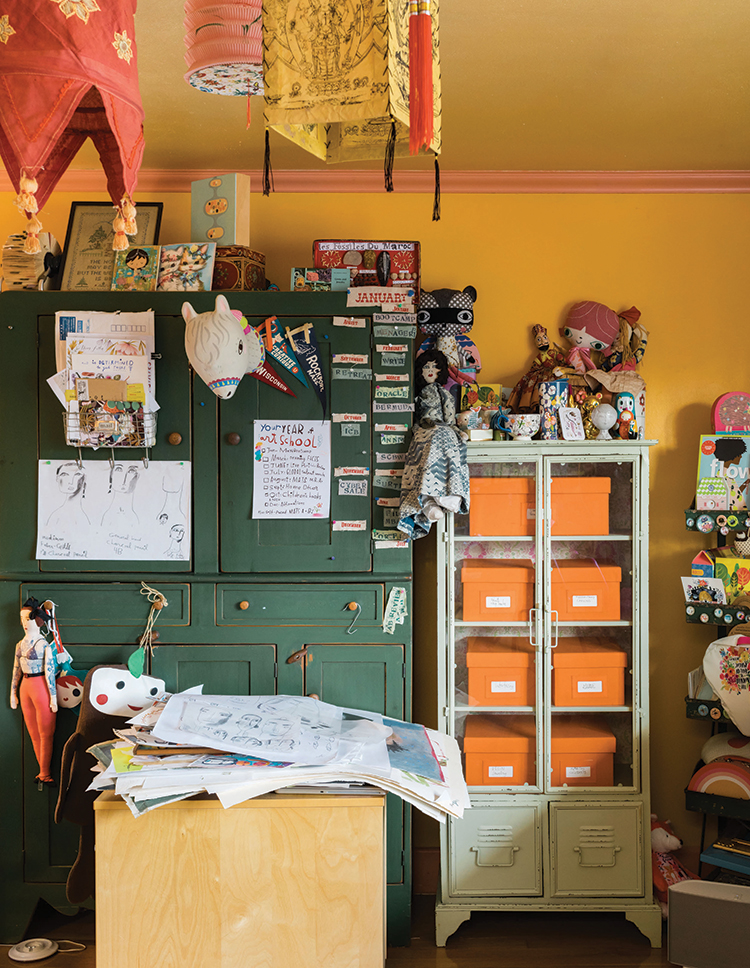
“If you want to make a living with your creative work, you have all the tools available to you. Now is the time.”
— Lilla Rogers
What are your thoughts on the role of creative women in our current culture and climate?
Thanks to the internet, women have never before in history had so much access to power. Because they purchase so many products, women have significant economic power. Now more than ever, there is a market for the female voice and aesthetic. Pretty stuff, radical stuff—whatever! You don’t have to belong to an old-boys’ network; you don’t need an ivy-league degree; you don’t need to be on a golf course to close business deals. Women can connect with each other and build businesses together in their own way. It’s a revolution we’re witnessing. What advice do you have for artists just starting out? Learn everything you can, and make your career a priority. Cut out the things in your life that don’t match your goals. Believe that your voice matters. Speak in sentences that don’t diminish your voice. Obsess over your passions. Get good at something you love so that you have something to offer others. How do you help students and artists deal with rejection? Feel your feelings, and then move on to the next project. Don’t focus all your energy on one thing—have many eggs in many baskets. There have been times in my career when I was passed over for a big illustration assignment. I came to learn that usually it was for a good reason, and that something better was bound to come along. True story: In the 1980s, I once met with a top agent who said, “I don’t represent women.” My how times have changed.
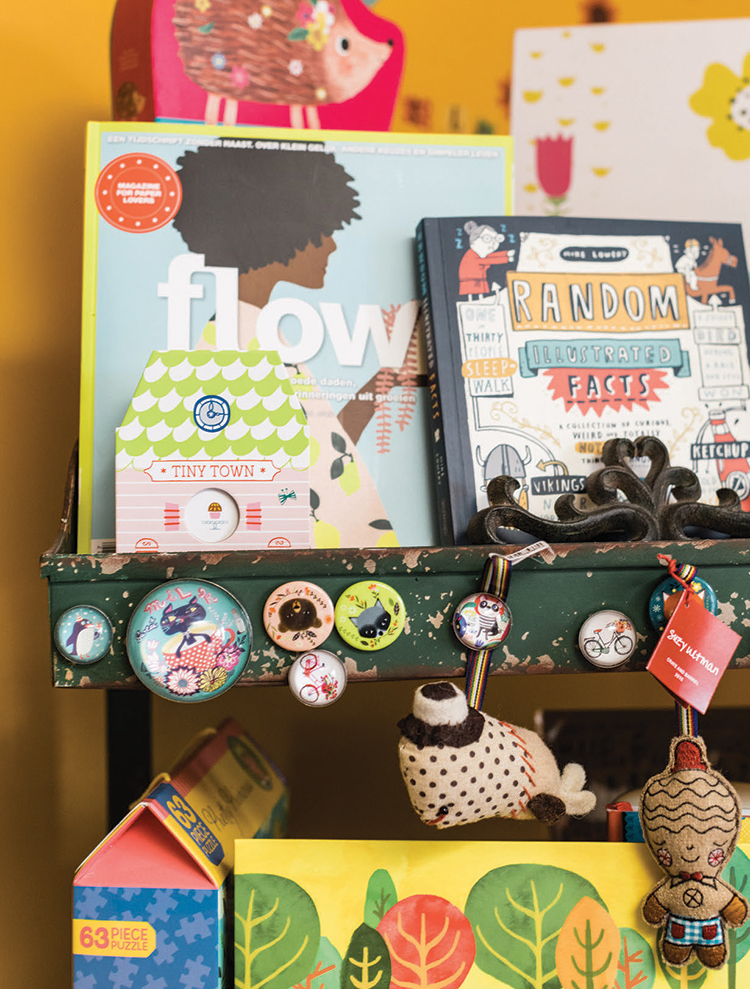
What was your coolest commission as an illustrator?
I lived in New York City in the late 80s, when “Vogue” was the hottest thing in print. Editor-in-Chief Anna Wintour assigned me to dine at the restaurant of my choice and illustrate my experience. This was during a time when art directors bestowed ample freedom to their artists, so this was truly a gem assignment. I chose Indochine, a chic restaurant near my studio on Bond Street. I invited some friends and set up shop on our white linen tablecloth. Out came my Arches 88 paper, Ritmo charcoal pencil and Sennelier pastels. I noticed our server had the most amazing earring and asked if she would stand as I drew her portrait and the food. That was a fun one. Another fun commission was illustrating a record label’s page in a Grammy Awards program. It was both exciting and intimidating imagining all the famous musicians looking at my work. I was tasked with incorporating a great deal of text—the names of the acts—so I used a lovely brush lettering.
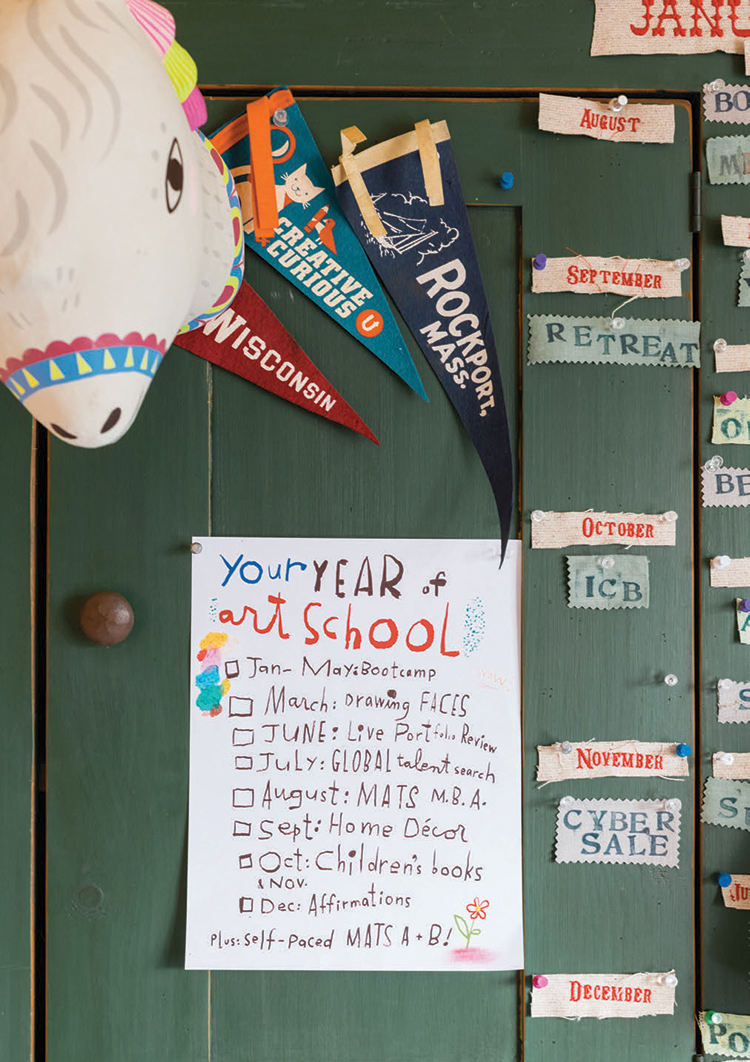
What’s the weirdest job you’ve ever taken on?
I was once hired by an agency to do some handlettering on a photo shoot. I showed up at the shoot and discovered I’d be lettering Always sanitary pads! I drew “clean and dry” on about 50 napkins as the shoot’s photographer, art director, lighting assistant and copywriter worked around me. It was odd, but I was happy to be earning good money for such an amusing assignment.
What’s been your most challenging job?
I was once asked to create a full-page magazine illustration representing the horrific and historic Nazigenerals meeting where Jewish-extermination was planned. I am Jewish, and I was born a mere 10 years after the end of Holocaust. I felt a huge responsibility to do justice to the subject matter. How to illustrate such ugliness in a beautiful way? I put on Verdi’s “La Traviata” and studied historic photographs to prepare. I cried as I worked but was honored to be given such a weighty and meaningful assignment. Describe your creative process. First, I meditate regularly. Second, I often I wander aimlessly and freely around the house, watering plants or making tea, waiting for ideas to emerge. I have large sheets of blank paper tucked throughout my house, so that as I’m consumed with a thought, I can jot it down (I swear by this method). I believe our wild minds are precious and should be respected.

If you could use only five art supplies for the rest of your life, what would they be?
1. Oil paints.
2. Brush and ink.
3. iPad Pro.
4. My five sewing machines.
5. Everything I need for rug-hooking, crocheting, stained glass and all things beads.
Why do you care so much about doing your job well?
It matters to me to help creative women thrive and find their voices. What an amazing time we live in, where women are speaking out and being heard like never before. I want to help them build creative confidence, develop their art style and trust their unique, idiosyncratic voices. And to be economic powerhouses. Perhaps because it was so hard for me, I want to make it easier for others. I had a feminine voice during a time when the pervasive aesthetic was masculine. It was really difficult, but it was worth it. I also care because my work is incredibly fun! I love art, business, and teaching, and I get to work with great people.
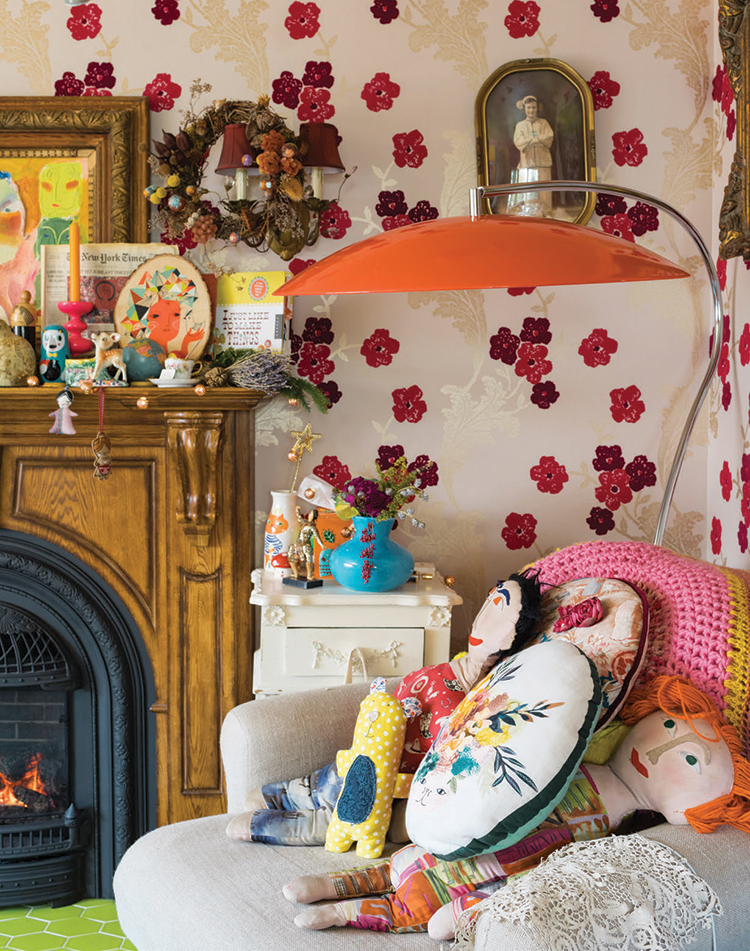
In your current role as an agent, do you feel that you get to create enough?
I do. I hold “crafternoons” in my studio on the weekends with family and friends. We travel to sewing workshops and other craft retreats. I also enjoy drawing faces on my iPad Pro while watching TV in the evenings, because the variety of faces is constantly astounding. Let’s not forget about the creativity of business. My mother was a brilliant painter when I was growing up. In her 40s, she went into business. I remember asking her, “Why aren’t you an artist anymore mom?” And she replied, “Honey, business is creative.” She was right. It’s fun to come up with business ideas. Now my mother says to me, “Lilla, what’s next?”
“I think what artists ultimately love the most is connecting with fellow artists.”
— Lilla Rogers
